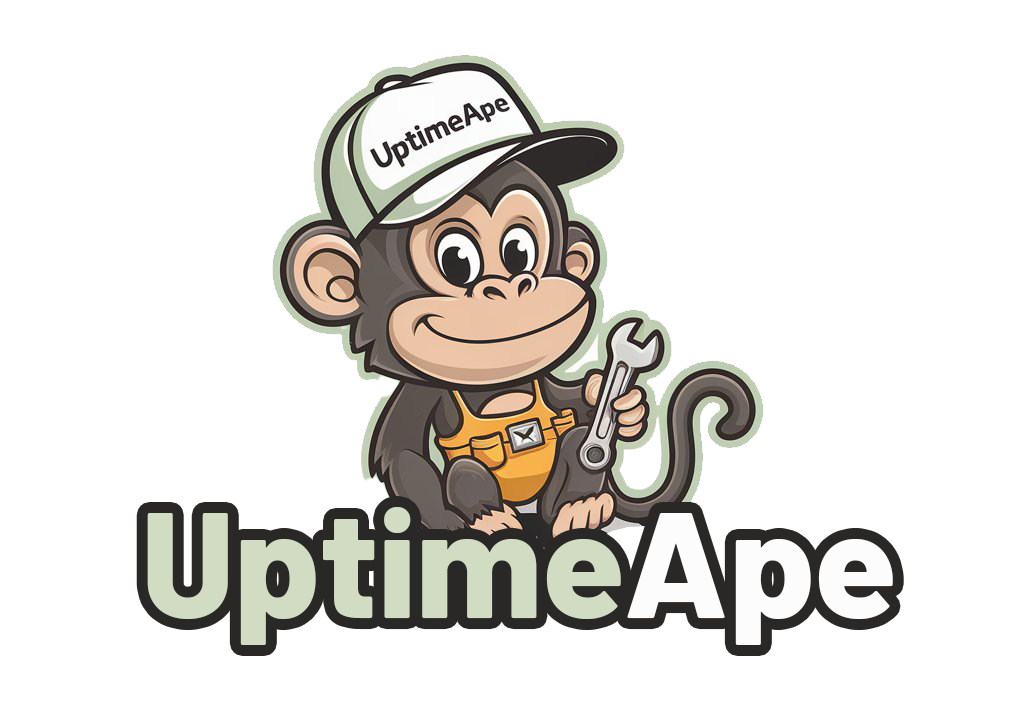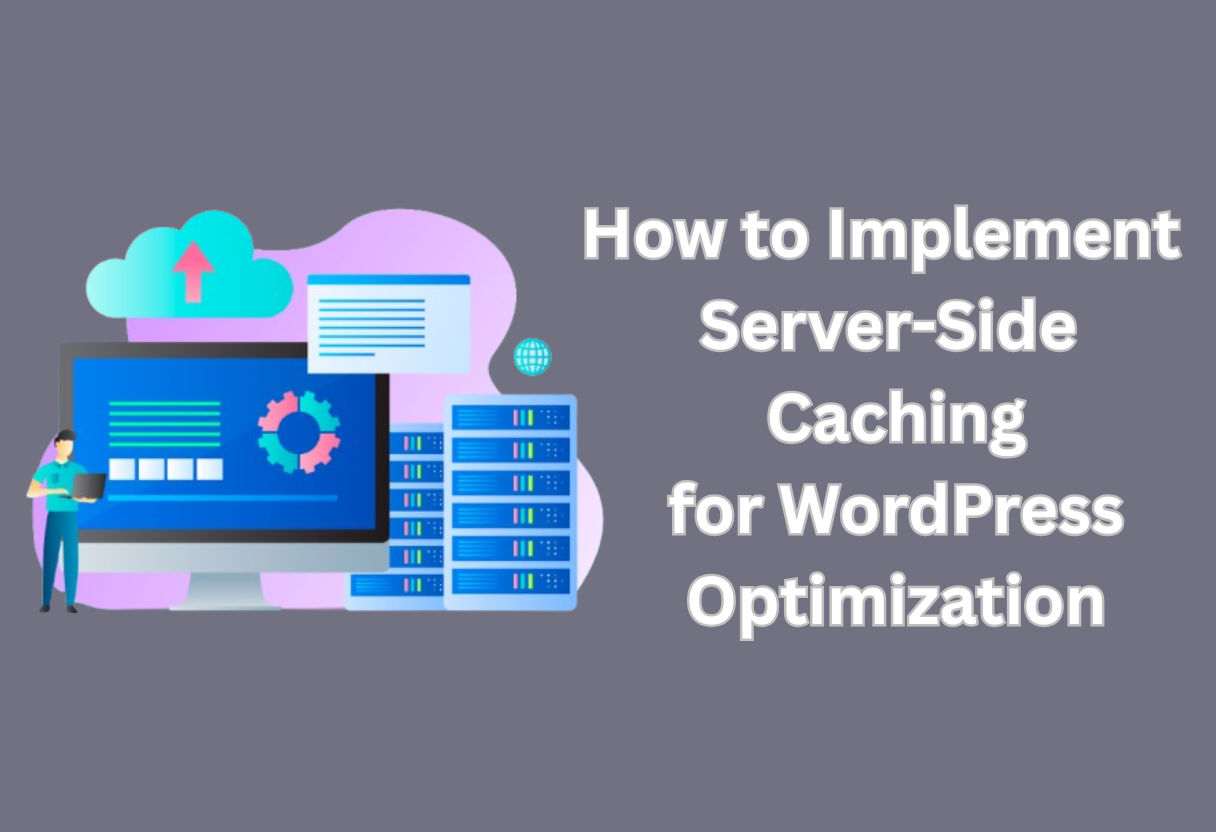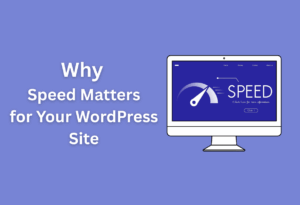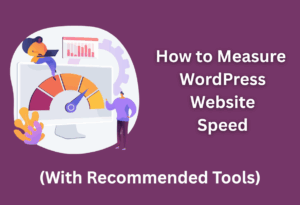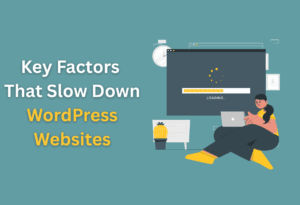You can significantly improve your WordPress site’s performance by implementing server-side caching. This powerful optimization technique reduces load times and enhances user experience by storing static versions of your dynamic content. In this guide, you will learn step-by-step how to set up server-side caching effectively, allowing your website to handle more traffic with greater efficiency. Follow along to uncover the best practices and tools needed to streamline your WordPress site and maximize its potential.
Understanding Server-Side Caching
The implementation of server-side caching can significantly improve the performance of your WordPress site. This approach involves storing dynamically generated content so that it can be quickly retrieved, rather than generated anew for every user request.
What is Server-Side Caching?
While browsing a website, you may encounter a system that pre-stores certain data to minimize response times. This is what server-side caching does; it saves rendered web pages or database query results on the server, allowing for faster retrieval when requested by users.
Benefits of Server-Side Caching for WordPress
One significant advantage of server-side caching for your WordPress site is improved loading speeds. A faster website enhances user experience and can lead to lower bounce rates, higher engagement, and ultimately better SEO rankings.
It also reduces the load on your server’s resources. With cached pages served to visitors, there are fewer requests made to your database, allowing for more efficient use of server resources and improving overall site speed and reliability.
How Server-Side Caching Works
Assuming you’ve set up server-side caching correctly, your web server will automatically store copies of frequently accessed data. When a user visits your site, instead of processing multiple database queries, the server delivers cached content that has already been prepared.
Caching systems typically monitor changes to your site. When updates or edits are made, they can clear outdated cache entries and generate fresh copies, ensuring your visitors always see the most recent content while still benefiting from faster access times.
Types of Server-Side Caching
Any WordPress site can benefit from various types of server-side caching, each tailored to improve different aspects of performance. Understanding these types helps you choose the right method for your optimization goals. Below is a breakdown of the main caching techniques:
| Type of Caching | Description |
|---|---|
| Object Caching | Caches the results of database queries to speed up data access. |
| Page Caching | Saves entire HTML pages to deliver them quickly to users. |
| Opcode Caching | Stores precompiled script bytecode to reduce PHP execution time. |
| Database Caching | Caches database query results to minimize database load. |
| Full-Page Caching | Caches the entire rendered page for fast retrieval. |
Object Caching
For optimized performance, object caching stores your database query results in memory. This reduces the number of queries sent to the database, allowing your site to load data quickly and efficiently. Popular object caching solutions include Redis and Memcached.
Page Caching
Caching stores static HTML versions of your pages, which can be served to users without dynamically generating the page each time. This not only reduces server load but also significantly speeds up page load times, benefiting both user experience and SEO efforts.
Plus, when you implement effective page caching, you can ensure that your website remains fast even during high traffic periods. This helps to maintain a consistent and pleasant experience for your visitors, encouraging them to stay longer and engage more with your content.
Opcode Caching
For PHP-based applications like WordPress, opcode caching enhances performance by storing the compiled bytecode of your scripts. This means that the server doesn’t have to recompile the PHP code on each request, which results in faster execution and improved response times.
Server-side caching is vital for optimizing PHP execution and can significantly decrease the load on your server. Solutions like OPcache come pre-installed with PHP versions 5.5 and above, making it easier for you to improve your site’s efficiency without extensive configuration.
Database Caching
Clearly, database caching helps reduce the strain on your server by storing the results of complex database queries. This enables quick access to frequently retrieved data, preventing unnecessary processing and speeding up your site’s overall performance.
Caching database queries is especially helpful for websites with large datasets or complex queries. By keeping commonly requested data in cache, your site can render pages faster, resulting in a more seamless experience for your users while also freeing up resources for other operations.
Knowing the various types of server-side caching can empower you to optimize your WordPress site effectively, enabling faster loading times and improved user satisfaction.
Preparing Your WordPress Site for Caching
Despite the benefits of server-side caching, preparing your WordPress site adequately is imperative for a smooth implementation process. This preparation will help you optimize your site effectively, ensuring that caching works to its full potential.
Assessing Current Performance
There’s no better starting point than evaluating your site’s current performance using tools like Google PageSpeed Insights or GTmetrix. These tools provide insights into load times, which will allow you to quantify the improvements once caching is in place.
Identifying Compatible Caching Plugins
Clearly, selecting the right caching plugin is vital to your site’s performance. Popular options like WP Super Cache, W3 Total Cache, and WP Rocket can significantly enhance loading speeds. Evaluate these plugins based on your site’s specific needs and compatibility with existing themes and plugins.
To choose a suitable caching plugin, you should consider the specific features of each one. Look for those that provide page caching, database caching, and support for CDN integration. Also, check user reviews and support options to ensure you’re making an informed choice.
Factors to Consider Before Implementing Caching
Compatible caching plugins also need to align with your site’s infrastructure and visitor patterns. Assess the following factors carefully:
- Current traffic levels and peak times
- Existing hosting environment
- Type of content on your site
- Potential conflicts with other plugins
Thou should also consider the long-term maintenance of the caching solution you choose.
Preparing for caching means aligning your site’s technical setup with your chosen plugin’s requirements. Ensure your WordPress installation and server configurations are optimized to avoid any performance drops:
- Check compatibility with your theme and plugins
- Backup your site for safety
- Test different caching options to see which performs best
Thou should take the time to assess your website thoroughly.
How to Implement Server-Side Caching
To enhance your WordPress site’s performance, implementing server-side caching is imperative. It stores static versions of your dynamic pages, significantly reducing load times and server workload. This chapter will guide you through choosing the right caching method, installing a caching plugin, and configuring optimal settings for maximum efficiency.
Choosing the Right Caching Method
To find the best caching solution for your site, consider factors like your hosting environment, site traffic, and specific needs. Options include opcode caching, page caching, object caching, and browser caching. Each method targets different aspects of site performance, so evaluate your requirements before deciding.
Step-by-Step Guide to Installing a Caching Plugin
Implementing a caching plugin is straightforward. Begin by selecting a well-reviewed plugin, such as WP Super Cache or W3 Total Cache. Follow these steps for installation:
| Step | Action |
|---|---|
| 1 | Log in to your WordPress dashboard. |
| 2 | Navigate to Plugins > Add New. |
| 3 | Search for your chosen caching plugin. |
| 4 | Click ‘Install Now’ and then ‘Activate.’ |
Installing a caching plugin can significantly boost your site speed. After activating the plugin, you can access its settings to begin customizing performance features tailored to your audience. Ensuring you’ve chosen a compatible plugin for your WordPress version is important for optimal functionality.
Configuring Caching Settings for Optimal Performance
Right after installation, it’s time to set up caching settings effectively. Most caching plugins provide default settings, but tweaking them can lead to better performance tailored to your site’s specific needs. Focus on enabling features like cache expiry, GZIP compression, and browser caching.
Rightly configuring your caching settings involves fine-tuning options to align with your traffic patterns and content changes. You may also want to exclude certain pages from being cached, like the shopping cart and checkout pages for e-commerce sites, to ensure a smooth user experience. Regularly review your settings to adapt to changes in site traffic or content updates.
Configuring these settings not only enhances the speed of your website but also improves the overall user experience. By managing how your cache operates and ensuring it remains current, you’ll provide your visitors with faster access to your content while reducing server load effectively.
Tips for Optimizing Caching Performance
Once again, fine-tuning your caching setup can significantly enhance your WordPress site’s performance. To effectively optimize caching performance, consider these strategies:
- Use a reliable caching plugin.
- Combine caching with other performance optimization techniques.
- Regularly clear your cache.
- Limit the number of dynamic requests.
- Leverage object caching for complex sites.
Thou shall reap the benefits of a faster, more efficient website.
Regularly Monitor Cache Performance
Now, it is vital to periodically check the performance of your cache. Monitoring tools can help identify bottlenecks, allowing you to adjust settings accordingly. Tracking metrics like load times and user interactions will give you a clearer picture of how effective your caching strategy is over time.
Set Appropriate Cache Expiration Times
Appropriate cache expiration times are vital for ensuring that your visitors access fresh content without significantly impacting server performance. Evaluating how often your site content changes will help you find that balance between keeping content current and optimizing load speeds.
Plus, if you set expiration times too short, your server may experience excessive load from repeated data retrieval. On the other hand, if they’re too long, visitors may not see the latest content. Finding your sweet spot can enhance both user experience and site performance.
Use CDN in Conjunction with Caching
Expiration of content can be further enhanced by using a Content Delivery Network (CDN). By distributing static files across various geographical locations, a CDN works hand-in-hand with your caching solution to serve your content faster to users worldwide.
With a CDN, not only do you improve loading times but also reduce latency by ensuring that your users are accessing the nearest server available. This combination is especially powerful for enhancing your site’s speed and overall performance.
Troubleshooting Common Caching Issues
Little troubleshooting can go a long way in resolving caching issues that might arise. You should develop a systematic approach to identify and fix caching conflicts, especially after plugin updates or changes to your website’s configuration.
Understanding these issues can aid in faster resolutions. Common problems may include stale content being served or errors during caching processes. By closely monitoring your caching behavior, you can quickly diagnose and mitigate these challenges, ensuring your website remains fast and efficient.
Post-Implementation Strategy
All aspects of server-side caching are vital for maximizing the performance of your WordPress site. Once you’ve implemented caching, it’s necessary to have a strategy to monitor, maintain, and optimize your setup effectively.
Testing Cache Effectiveness
Effectiveness of your cache can be gauged through tools like GTmetrix and Google PageSpeed Insights. These tools will help you assess loading times before and after caching implementation, allowing you to see tangible improvements and identify areas that may require further optimization.
Maintaining Cache and Database Integrity
There’s a need for consistent maintenance of your cache and database to ensure they function harmoniously. Regularly purge cache files and optimize your database tables to avoid conflicts that could lead to outdated content delivery or slow database queries.
Another vital aspect is to routinely back up your database. While caching enhances speed, it should never jeopardize the integrity of your data. Regular backups will protect your content from potential corruption, ensuring that if something goes awry, you can restore your site without significant delays.
Evaluating and Adjusting Caching Settings
Cache configurations are not a one-size-fits-all solution; they should evolve with your website’s needs. Periodic reviews of your caching settings can help you identify any necessary adjustments to enhance performance further.
A proactive approach involves tracking user behavior and website metrics regularly. This data will guide you in modifying cache lifetimes, purging schedules, or even adjusting the type of caching used based on changing traffic patterns or content updates, ultimately ensuring optimal website performance.
To Wrap Up
As a reminder, implementing server-side caching for your WordPress site can significantly enhance its performance and user experience. Start by selecting a suitable caching plugin that meets your specific needs and configure it according to your server environment. Regularly monitor performance metrics to ensure optimal functionality, and adjust settings as necessary. By taking these steps, you can effectively reduce server load and page load times, resulting in a more efficient site for your visitors.
